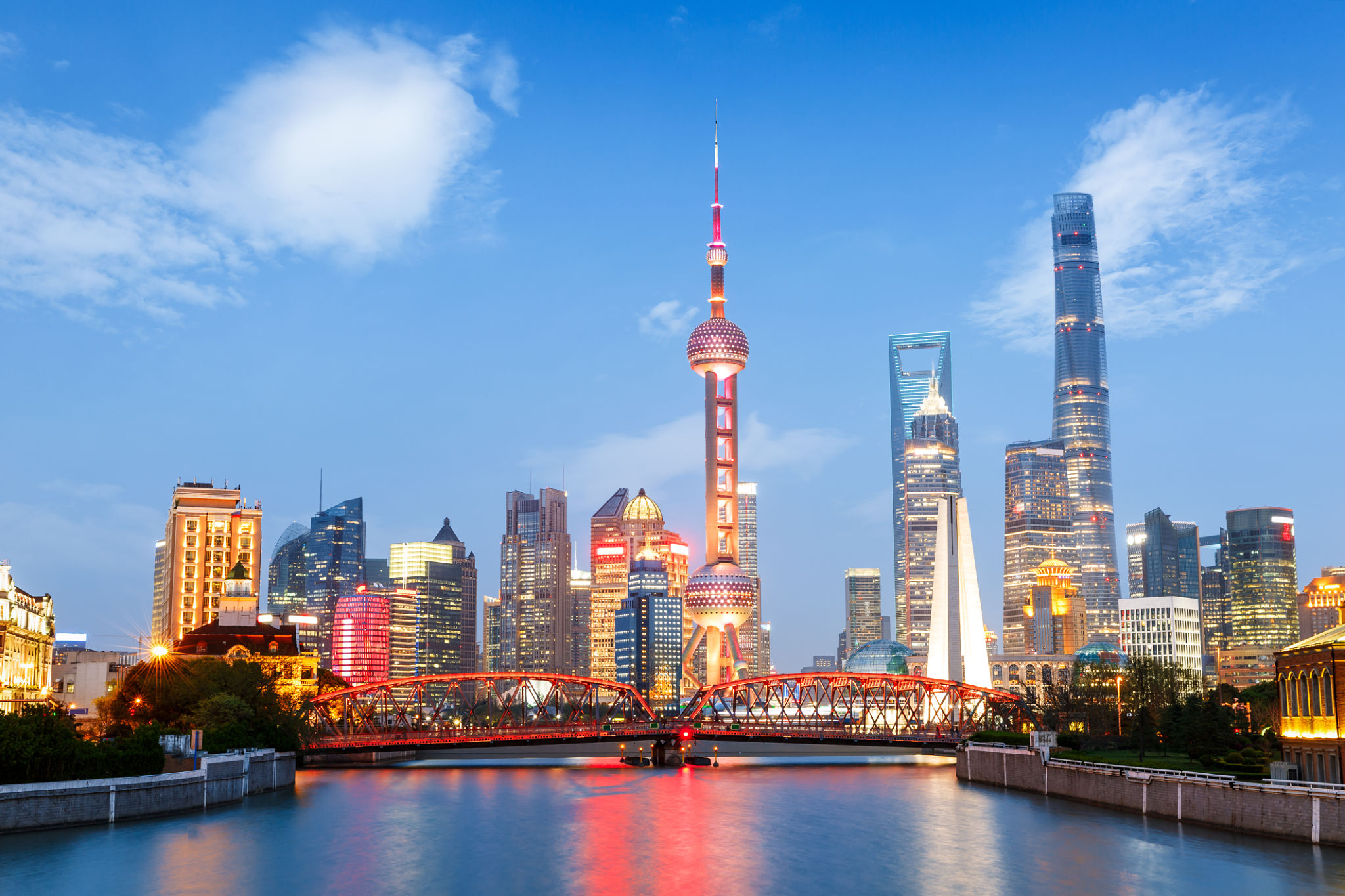A Guide to Seasonal Packaging Needs: Adapting to Weather Changes in Shanghai
Understanding the Impact of Weather on Packaging
Shanghai experiences a variety of weather conditions throughout the year, from hot and humid summers to cold and wet winters. Each season presents its own set of challenges when it comes to packaging. Businesses must adapt their packaging strategies to ensure product integrity and customer satisfaction. Understanding how weather affects packaging is essential for any company looking to thrive in Shanghai's dynamic market.
Summer's heat and humidity can cause certain materials to warp or degrade, while winter's cold temperatures might lead to brittleness in packaging materials. Recognizing these challenges is the first step in crafting a packaging strategy that withstands seasonal changes.

Choosing the Right Materials for Each Season
Selecting the appropriate packaging materials is crucial for adapting to seasonal weather changes. In summer, materials that resist moisture and heat, such as polyethylene, are recommended. These materials prevent the absorption of humidity, ensuring that products remain intact. Additionally, incorporating UV-resistant elements can protect products from sun exposure.
During the colder months, consider using materials that maintain flexibility in low temperatures. Corrugated cardboard with a water-resistant coating can offer durability and protection against winter moisture. It's also wise to employ insulated packaging solutions for temperature-sensitive goods.

Optimizing Packaging Design
Beyond material selection, optimizing the design of your packaging can also mitigate the effects of seasonal weather. For instance, in rainy seasons, incorporating waterproof seals and closures on packages can prevent water ingress, protecting the contents inside.
In summer, ventilation features can be beneficial to prevent heat buildup inside the packaging. This is especially important for products that are sensitive to temperature fluctuations. By enhancing the design, businesses can improve both the functionality and aesthetic appeal of their packaging.

Implementing Seasonal Branding
Seasonal packaging is not just about functionality; it also offers an opportunity for creative branding. Many companies in Shanghai use seasonal themes to connect with their customers and boost sales. Whether it's festive designs for Chinese New Year or vibrant colors for summer promotions, seasonal branding can enhance customer engagement.
Consider using limited edition packaging designs that reflect the season's spirit. This approach not only attracts attention but also encourages customers to make purchases before the season ends. It's an effective strategy for driving sales while keeping your brand fresh and relevant.
Sustainability Considerations
As businesses adapt their packaging for different seasons, it's essential to keep sustainability in mind. Opt for eco-friendly materials that minimize environmental impact while still meeting seasonal requirements. Biodegradable or recyclable options can be integrated into your packaging strategy without compromising on performance.
By prioritizing sustainability, companies can appeal to environmentally conscious consumers and contribute positively to the environment. This approach aligns with global trends towards greener business practices and can enhance a brand's reputation.

Conclusion
Adapting to seasonal packaging needs in Shanghai requires a comprehensive understanding of local weather patterns and their impact on different materials and designs. By choosing the right materials, optimizing designs, implementing seasonal branding, and focusing on sustainability, businesses can ensure their packaging remains effective and appealing throughout the year.
Embracing these strategies will not only protect products but also enhance customer satisfaction and loyalty. As seasons change, so too must your approach to packaging, ensuring it remains a vital component of your business success in Shanghai.